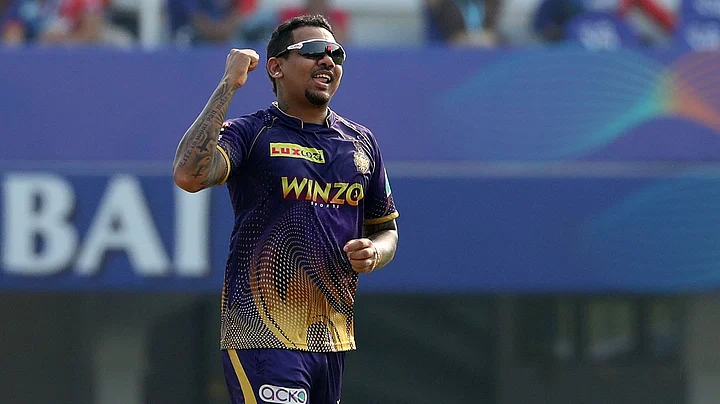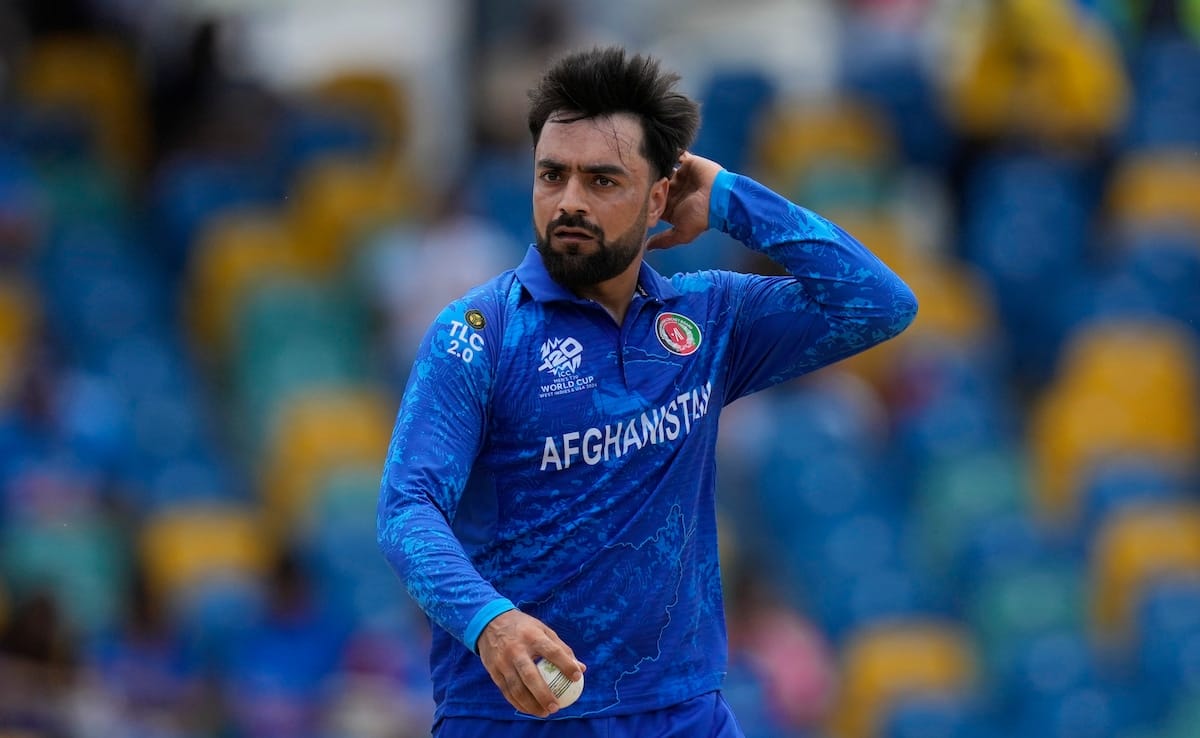The most fascinating thing about cricket as a sport is how everything changes about the game but the rules. The rules of the game have remained almost unchanged throughout the 150 year old history of the game.
Since the birth of the T20 format there has been a lot of conversation around multi-format players i.e. players who have excelled in all formats of the game and who have the game and skillset required for both red ball resilience and white ball heroics.
Role players and the t20 batting order
The preceding decade dominated by the Indian greats Rohit Sharma and Virat Kohli who held their places in all three formats through their career inspite of the T20 format becoming more aggressive and uptempo through the last five years.
Franchise leagues around the world have seen more and more aggressive brand of cricket every year, with the introduction of role players for every batting position. Role players maximise run-making efficiency with death over boundary hitting which is a far-cry from the old methods of playing white ball cricket which relied on running efficient singles and twos.
Impact player rules have also turbocharged scoring in the IPL which has changed the game for old school top order anchor batters. The Sunrisers Hyderabad side of the last two IPLs have constructed a side that is based around constant boundary hitting and batting the opposition out of the game in the first innings by scoring titanic totals.
Although they faced a problem with batting collapses, it was an indication of how modern T20 sides are moving past anchor batters that glue together innings rather than going for players based on their roles and their entry points within the game.
The T20 batting order when compared to the fifty over or test format is much more flexible and depends on entry points of different players based on number of overs left and wickets left in hand.
The model of players such as Babar Azam, Kane Williamson, or Joe Root(middle order anchors) who used to maintain the tempo of the innings, now are discarded for players who can keep the run-rate at par even after the openers have taken advantage of the field restrictions of the power-play. T20 run-making now differs fundamentally from ODIs, and the format has evolved to the extent that teams where teams have to think differently about batters whose primary skill is accumulating middle over runs with occasional boundaries.
Conditions dictate a T20 batting innings, if spin is being bowled a spin-friendly batter is sent out, if there are five over left in the innings, a finisher is sent out, if wickets are lost early the anchor is sent out. While batting orders have become more and more rigid in other formats of the game, t20 batting orders are dependent on conditions and fluid in nature.
Mystery spinners and slower balls

T20 bowling has also evolved alongside t20 batting so that over the years, t20 bowling also calls for specialists in the format. While line and length are the holy grail in the longer formats of the game, especially in test cricket, the shorter format calls for variations. Slower balls, cutters, and wide yorkers for pacers and googlies and arm balls for the pacers are the law of the land.
While line and length bowlers such as Cummins or Md.Shami seem to be struggling in t20s, bowlers with more variations in their deliveries or slower ball bowlers like Harshal Patel, Prasidh Krishna or Nathan Ellis seem to have more success in t20s. Jasprit Bumrah is the greatest all-format bowler in the world right now because of his relentless line and length and the number of variations he has in his arsenal.
More so with spin, we have seen how leg-spin has gone extinct when it comes to red-ball cricket. When it comes to t20s, leggies are flourishing due to their different variations and how difficult it is to pick their different variations and hit boundaries of them.
Mystery spinners with subtle variations between leg breaks, straight deliveries, and off-breaks continually keep the stumps in play and slow down scoring quite a bit.
Mystery Spinners such as Varun Chakravarty, Sunil Narine and Maheesh Theekshana dominate franchise leagues all over the world. They have built their game based around poaching wickets and limiting runs in the t20 format. Their skillsets are specialised for the t20 format based around the evolution of the game in t20s in international and franchise cricket worldwide.
The challenge of all-format players
Multi-format players in the current generation will have the unique challenge of keeping up with a game that is differently paced for all three formats. Each format ofthe game now asks for unique skills which are unique to the specific format of the game.
This is why test batters always find themselves too slow when trying to play t20 cricket or not being able to mold themselves into a role player or into the fluid batting orders of t20 cricket while t20 specialists struggle to play long, resilient innings in test cricket. Similarly, for bowlers, t20 cricket requires skills and variations of them that may not be relevant in other formats of the game.
T20 cricket has been evolving rapidly through the last five years and now requires specialists in its own regard. The youngest format of the game is by far the most popular format and refuses to be seen as the most casual format of the game as it used to be during its inception.


[…] Are multi-format players extinct? T20 Cricket is asking for specialists […]
[…] Are multi-format players extinct? T20 Cricket is asking for specialists […]
[…] by the IPL and Rohit Sharma at the top, India also integrated themselves into a team consisting of role players and prioritized boundary hitting, which ultimately brought returns for them when they won the 2024 […]
[…] an era of role players and boundary hitting in T20s, Afghanistan is still trying to play anchors who accumulate in the […]